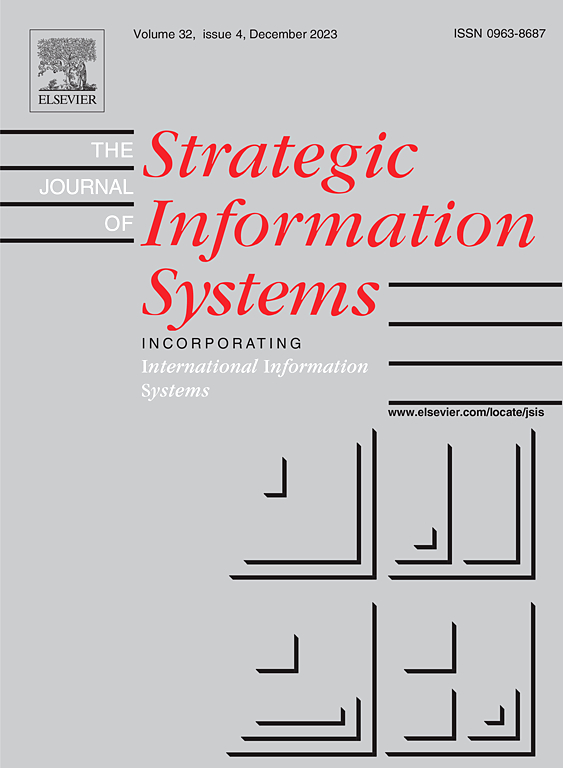多阶多项式映射的计算隐式
IF 1.1
4区 数学
Q4 COMPUTER SCIENCE, THEORY & METHODS
引用次数: 0
摘要
本文主要讨论多项式环映射核的计算问题。符号计算中的这个核心问题被称为隐式化。虽然可以使用Gröbner基方法来解决这个问题,但随着变量数量的增加,这些方法可能变得不可行。在多项式映射是多重的情况下,我们考虑另一种方法。我们首先演示了如何快速计算多项式映射具有正乘法的最大秩矩阵。然后,我们描述了如何用线性代数计算核的每个梯度分量中的最小生成器。我们已经在Macaulay2中实现了我们的技术,并表明我们的实现可以在标准技术失败的示例中计算许多低程度的生成器。这包括来自系统发育学的几个例子,其中甚至没有一个完整的二次和立方列表。当多重分级细化总度时,我们的算法是令人尴尬的并行。我们的算法的完全并行版本正在Macaulay2和OSCAR中开发。本文章由计算机程序翻译,如有差异,请以英文原文为准。
Computing implicitizations of multi-graded polynomial maps
In this paper, we focus on computing the kernel of a map of polynomial rings. This core problem in symbolic computation is known as implicitization. While Gröbner basis methods can be used to solve this problem, these methods can become infeasible as the number of variables increases. In the case when the polynomial map is multigraded, we consider an alternative approach. We first demonstrate how to quickly compute a matrix of maximal rank for which a polynomial map has a positive multigrading. We then describe how minimal generators in each graded component of the kernel can be computed with linear algebra. We have implemented our techniques in Macaulay2 and show that our implementation can compute many generators of low degree in examples where standard techniques have failed. This includes several examples coming from phylogenetics where even a complete list of quadrics and cubics were unknown. When the multigrading refines total degree, our algorithm is embarassingly parallel. A fully parallelized version of our algorithm is in development in both Macaulay2 and OSCAR.
求助全文
通过发布文献求助,成功后即可免费获取论文全文。
去求助
来源期刊

Journal of Symbolic Computation
工程技术-计算机:理论方法
CiteScore
2.10
自引率
14.30%
发文量
75
审稿时长
142 days
期刊介绍:
An international journal, the Journal of Symbolic Computation, founded by Bruno Buchberger in 1985, is directed to mathematicians and computer scientists who have a particular interest in symbolic computation. The journal provides a forum for research in the algorithmic treatment of all types of symbolic objects: objects in formal languages (terms, formulas, programs); algebraic objects (elements in basic number domains, polynomials, residue classes, etc.); and geometrical objects.
It is the explicit goal of the journal to promote the integration of symbolic computation by establishing one common avenue of communication for researchers working in the different subareas. It is also important that the algorithmic achievements of these areas should be made available to the human problem-solver in integrated software systems for symbolic computation. To help this integration, the journal publishes invited tutorial surveys as well as Applications Letters and System Descriptions.
 求助内容:
求助内容: 应助结果提醒方式:
应助结果提醒方式:


